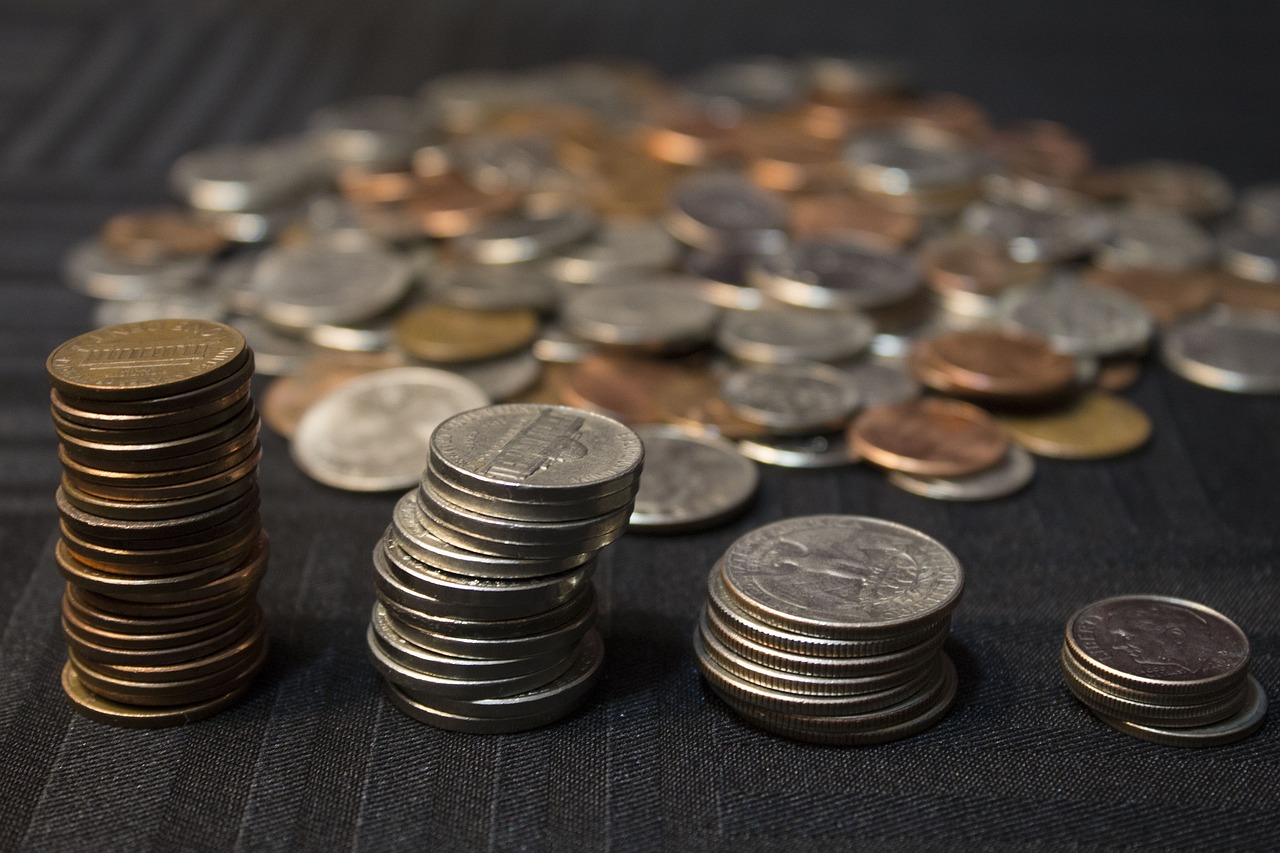- Home
- Miscellaneous
- 15 Nifty Facts about the Nickel

15 Nifty Facts about the Nickel
The nickel has an intriguing history as part of U.S. currency, serving as a bridge between different eras of metal composition and coin design. First minted in 1866, the nickel’s story spans military needs, design changes, and surprising chemical compositions. Here are 15 fascinating facts about the nickel:
Facts about the Nickel:
- The Nickel’s Main Ingredient Isn’t Nickel: Despite its name, the modern nickel is composed of only 25% nickel and 75% copper. Originally, it was a 100% copper “half dime” until post-Civil War metal demands led to a new nickel-copper blend.
- First Coin to Honor Thomas Jefferson: In 1938, the nickel became the first U.S. coin to feature a former president who wasn’t a founding father. The Monticello design has since seen minor changes but remains a staple in American currency.
- War Nickels Contain Silver: Between 1942 and 1945, nickels contained 35% silver due to wartime nickel shortages. This “silver war nickel” is still a collector’s item today.
- Minting a Nickel Costs Nearly Double: Each nickel costs about 8 cents to produce due to metal costs and manufacturing. This expense raises debates about eliminating the nickel from circulation.
- The Buffalo Nickel’s Unique Artwork: The 1913 Buffalo Nickel was a favorite for its iconic Native American and buffalo design by sculptor James Earle Fraser. Some think it was modeled after a real buffalo named Black Diamond from the New York Zoo.
- Coin Toss Odds Favor Tails: Like the penny, the nickel has a subtle weight imbalance. Heads is heavier, so a spinning nickel lands on tails about 55% of the time.
- The Nickel Inspired the 5-Cent Coin Size: Before the nickel, the “half dime” was much smaller. The 1866 Shield Nickel was designed larger for easier handling, setting the standard size for modern 5-cent coins.
- Millions of Nickels Go Unused: Roughly two-thirds of nickels minted in the last 30 years have slipped out of circulation, mostly left in jars, drawers, or tossed away.
- Early Nickels Had Controversial Designs: The 1883 Liberty Head nickel lacked the word “cents,” leading counterfeiters to gold-plate it and pass it off as a $5 coin. This oversight was corrected within a year.
- Nickels Contributed to the Manhattan Project: During WWII, 300 million nickels were melted down and used in the atomic bomb effort, showing how critical nickel was to the war effort.
- Jefferson’s Face and Monticello Stand the Test of Time: With only a brief change in 2004-2005 to mark the bicentennial of the Lewis and Clark expedition, Jefferson’s portrait and Monticello have appeared on nickels for nearly 85 years.
- The Most Expensive Nickel Sold for $4.6 Million: A rare 1913 Liberty Head nickel, one of only five known, fetched $4.6 million at auction, making it one of the priciest U.S. coins ever sold.
- The Official Name is “Five-Cent Piece”: Although called the “nickel,” its official name is “five-cent piece,” based on its face value rather than its metallic composition.
- Nickels Weigh Twice as Much as Dimes: A nickel weighs 5 grams, while dimes only weigh 2.27 grams, even though both are smaller in face value and size—an unusual quirk of U.S. coinage.
- Nickels Are Magnetic—Unlike Other Coins: Due to their nickel content, U.S. nickels are faintly magnetic, a property not shared by other commonly circulating U.S. coins like pennies, dimes, and quarters. Though they won’t stick firmly to a magnet, they can be slightly attracted, a unique trait that helps identify counterfeit coins in certain vending machines and coin sorting operations.